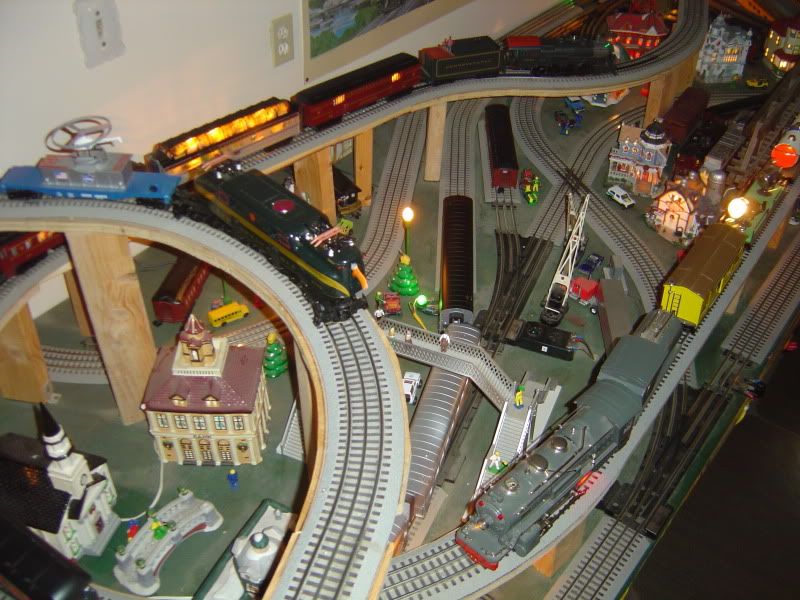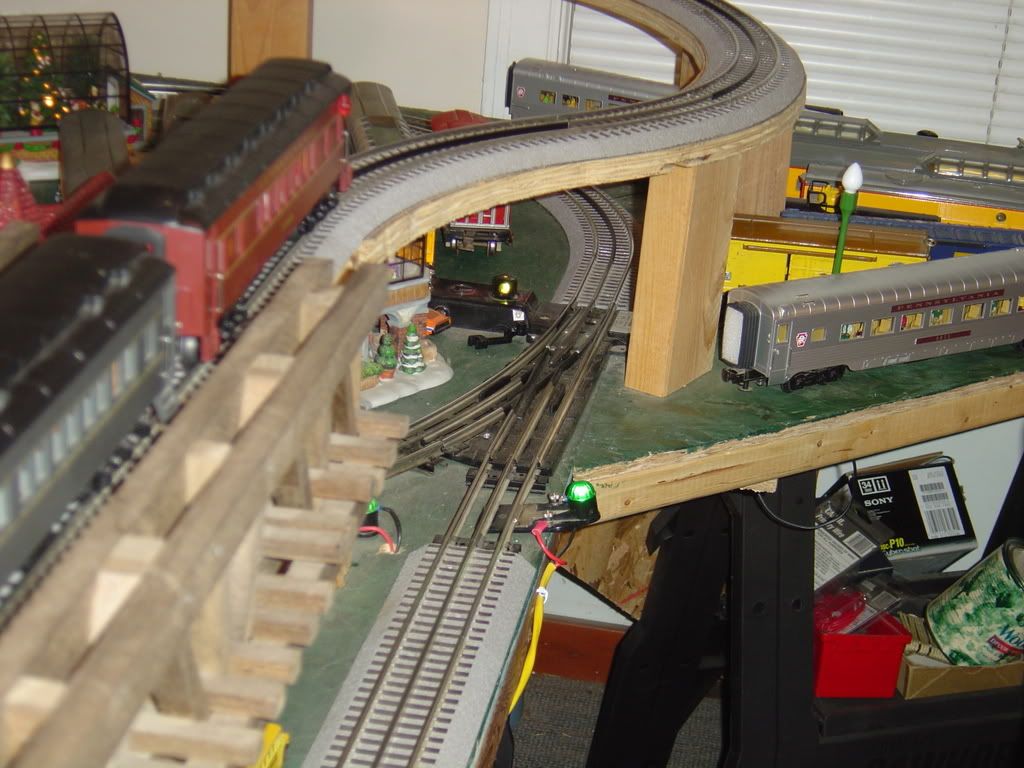Since no one else has jumped in here, I'll give it a try. There are a lot of factors that can be part of the problem so proceed cautiously with modifications. Yes, tinplate switches can require a little finesse to get working correctly sometimes. You may notice that the frog point that the wheel trips on has a small screw head in it; loosening this screw just a partial turn can let you ooch the point one way or another, re-tighten, and that can help.
As often as not, I find the issue can be with the wheel set, not the switch: a set of wheels in which the wheels are mounted a little too far apart from each other on the axle (too wide a gauge) can cause this. So you might see if this dersilment happens with all wheels on this switch, or with just this one set of wheels.
Wheels and switches can act very differently under power than when pushed along, so I wouldn't jump to too many conclusions until you at least try a train under power across the switch. Also, the approach coming into a switch can be a factor; if the train is coming out of a curve into the switch it will act differently than on a straight. If there is any unevenness in the layout surface, this can also cause problems.
Tinplate is made with very loose tolerances; it's supposed to be that way. Also, it's made out of tin, so sometimes things can get bent out of shape in shipping, etc. If a truck is tweaked, the wheels will be out of alignment. These can be carefully bent back to where they should be.
In my experience, most of these out-of-the-box issues can be resolved by just the right amount of careful tweaking (bending just slightly) in the right direction in the right place. I'd try everything else before putting a grinder to it.






